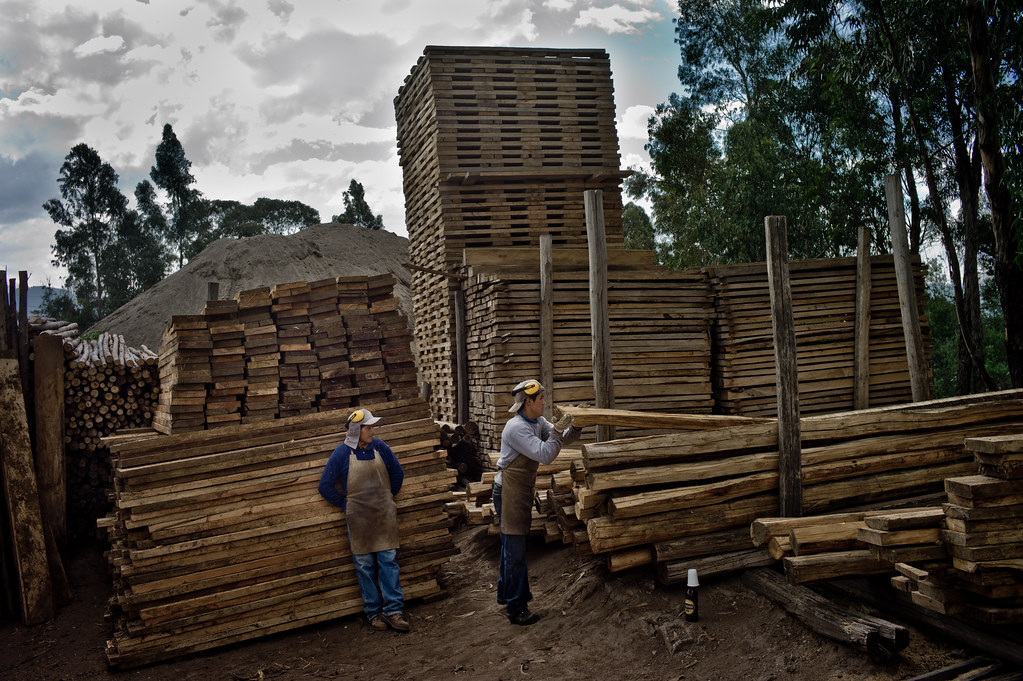-
What is Sustainable Forestry?
Forestry is the management of forests and woodlands to ensure that they are able to provide long-term benefits for society. Sustainability in forestry involves managing forests in such a way that they are able to meet the needs of the present without compromising the ability of future generations to meet their own needs.
Sustainable forestry practices involve careful planning and management to ensure that forests remain healthy and productive over the long term. This includes activities such as planting new trees to replace those that have been harvested, protecting sensitive areas such as wetlands and riparian zones, and monitoring the health of the forest to detect and address problems early on.
One of the key principles of sustainable forestry is biodiversity conservation. Forests are home to a wide variety of plant and animal species, many of which are unique to specific forest ecosystems. By managing forests sustainably, we can help to preserve these ecosystems and the species that depend on them. This includes maintaining healthy habitats for wildlife, promoting the growth of diverse tree species, and preventing the spread of invasive species.
Another important aspect of sustainable forestry is the preservation of soil and water quality. Forests play a crucial role in maintaining healthy watersheds and protecting soil from erosion. Sustainable forestry practices aim to minimize soil disturbance during harvesting, protect soil structure by leaving behind logging debris, and maintaining buffer strips along streams and other waterways. This helps to prevent soil erosion and protects water quality, which is essential for the health of aquatic ecosystems and for the communities that rely on them.
Sustainable forestry practices also aim to reduce greenhouse gas emissions and combat climate change. Forests are an important carbon sink, meaning that they absorb and store carbon dioxide from the atmosphere. By managing forests sustainably, we can help to increase carbon sequestration and reduce greenhouse gas emissions. This includes activities such as planting new trees, protecting old-growth forests, and using wood products in place of more carbon-intensive materials like concrete and steel.
In addition to these ecological benefits, sustainable forestry also provides important social and economic benefits. For example, forestry provides jobs and income for millions of people around the world, particularly in rural areas. Sustainable forestry practices help to ensure that these jobs and income sources remain available over the long term by maintaining healthy forests and ensuring that they continue to provide the wood and other products that society depends on.
Sustainable forestry also plays an important role in supporting local communities and indigenous peoples. Many forest-dependent communities rely on forests for food, medicine, and other essential resources. Sustainable forestry practices can help to ensure that these communities have access to these resources over the long term by protecting forests and managing them in a way that meets their needs.
Finally, sustainable forestry can help to promote economic development and reduce poverty in developing countries. By promoting sustainable forest management practices and providing support for small-scale forest enterprises, countries can create jobs and income opportunities while also preserving forests and promoting biodiversity conservation.
In conclusion, forestry can be sustainable when it is managed in a way that balances ecological, social, and economic considerations. Sustainable forestry practices aim to ensure that forests remain healthy and productive over the long term, while also providing important benefits for society. By promoting sustainable forest management practices, we can help to ensure that forests continue to provide these benefits for generations to come.




